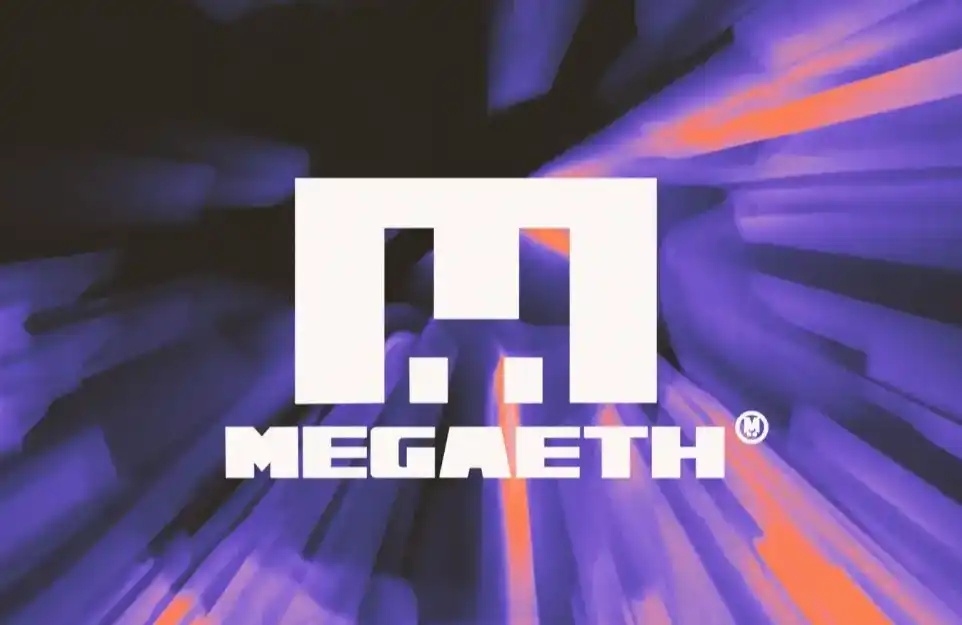Advantage or setback? Ethereum inscription again causes controversy in the community
Table of Contents:
· Opposition: Ethereum Inscription is a "step backwards"
· Proponent: Compared to L2, Ethereum Inscription is more flexible
· Technical logic of Ethereum Inscription
Recently, the Ethereum community has sparked a debate about inscriptions.
Etherscan (@etherscan) posted that in the past few weeks, 95% of the transaction activity on the main EVM chains was in the form of inscriptions. However, inscriptions on Ethereum are "counterintuitive" and rely on third-party indexing and token rules application, which is a function handled locally by smart contracts.

Meanwhile, several developers from the Ethereum community have also joined the debate. Following Luke's previous controversy over Bitcoin's inscription, the Ethereum community has also begun a heated discussion on inscriptions.
Related reading: "The Battle Between Script and Memory Pool, Preventing Script May Trigger a Bitcoin "Civil War"".
However, relatively speaking, the controversy surrounding inscriptions has been more subdued this time.
Ethereum Inscription is a "retrograde"?
First of all, Etherscan did not explicitly state whether inscriptions are good or bad in the article, but instead listed the impact of inscriptions on Ethereum.
Etherscan pointed out that, contrary to common sense, since mid-November, inscriptions have been frequently created on the EVM chain, which has led to a significant increase in Ethereum's daily transaction volume, soaring gas fees, and longer sending processing times: "To some extent, the phenomenon of inscriptions can be seen as a good stress test for blockchain and infrastructure providers to evaluate their limitations."

Source: Etherscan
Next, 0xCygaar, the developer of the NFT project Ether minting contract, although sharing a similar view with Etherscan, is more radical. In a tweet on social media, he expressed that Inscriptions feel like a step backwards, as EVM is designed to support smart contract logic, while Inscriptions move all computations off-chain. This will result in more fragmentation and trust in indexers: "Inscriptions' composability is also basically 0."

He believes that in the past few days, Inscriptions have destroyed multiple blockchains and caused huge Gas. The benefits of these Inscriptions are that, on the one hand, all transactions occur completely on the chain and are available for everyone to read; on the other hand, the "operating cost of Inscriptions is very cheap", as smart contracts need to execute logic and store data on the chain, while Inscriptions only involve sending call data on the chain, which is much cheaper.
However, the biggest drawback of the inscription is its heavy reliance on off-chain indexers. He stated that technically, anyone can recreate the state of the token themselves, but it depends on indexers following the same set of protocol rules; on the other hand, EVM enforces these rules.
"Users may want to replicate the success of BRC-20 on other chains as soon as possible. However, many of these transactions are generated by the same user/bot repeatedly sending spam emails. This has also led to a decrease in user experience on other chains such as Arbitrum, zkSync, and Avalanche. It remains to be seen when this trend will end."
Later, the remarks made by 0xCygaar raised doubts among other users in the community. Some users questioned the performance of EVM, and even directed their criticism towards 0xCygaar's project.

Perhaps in response to the questioning of other users in the community, 0xCygaar continued to post, expressing support for users to use inscriptions to do what they want, while only discussing technical architecture, expansion solutions, and the working principles of rollups: "I don't care if you want to forge and trade inscriptions, just don't promote it as a brand new concept. These inscription protocols are just extremely limited rollups."
正方:相较于 L2,以太坊铭文更有弹性
Rectification: Compared to L2, Ethereum's Inscription is More Flexible
Regarding this, Facet co-founder Middlemarch (@dumbnamenumbers) has expressed an opposing view.
He pointed out on social media platform in a post that Etherscan found Ethereum's inscription "counterintuitive" because people rely on indexers: "I am curious about Etherscan's analysis of their own product, which is an indexer that everyone in Ethereum relies on. Is this counterintuitive?"

In subsequent posts, Middlemarch continues to output and states that whether Ethereum's inscription is a regression depends on what it is compared to. If compared to L2, strictly speaking, L2 also has a major drawback - relying on centralized sorters.
"The real question is: Is dependence on an indexer worse than dependence on a centralized sorter?"
He pointed out that Ethereum Inscription "has never experienced any interruption", and will never be interrupted or reviewed or closed by anyone. At the same time, using Ethereum Inscription, writing data will not be subject to review, and anyone can verify the status of the protocol. In addition, L2 transactions are usually not reviewed, and Ethereum Inscription indexers are usually available and have the correct information.
"Even the biggest critics of Ethscriptions should agree with this statement: Ethscriptions' reliance on indexers poses less downside risk than centralized sequencers' reliance."
In short, he stated that although Ethscriptions and L2 solutions have their respective advantages and disadvantages, Ethscriptions offers clear advantages in terms of flexibility and resistance to censorship, making it a valuable choice in the wider Ethereum ecosystem rather than a step backwards.

Regarding the current debate, many community members tend to support the viewpoint of Middlemarch, while also believing that we should approach the issue of the inscription blowing onto Ethereum with a more open and inclusive mindset.

Ethereum Inscription's Technical Logic
As of the time of writing, according to CoinGecko data, the price of Ethscriptions token ETHS on the Ethereum-based protocol is $12.86, down 4% in the past 24 hours.

In this dispute, Ethscriptions is the mainstream implementation of Ethereum inscription, and its implementation mainly utilizes Calldata to operate.
Calldata is the raw input data transmitted in Ethereum transactions. It is generally used to transmit the parameters required for smart contract interaction, but can also be used to send text messages (such as messages, inscriptions, transfer remarks, etc.) to EOA addresses for any purpose. If a user wants to engrave "Hello world" using Ethscriptions in a transaction, they need to construct a transaction that includes calldata.
After the Indexer off-chain detects this transaction, it will update the database and notify the user: a new inscription has been created, and the content engraved is "Hello world". The inscription can also contain more complex content, such as base64 representing image information.
Welcome to join the official BlockBeats community:
Telegram Subscription Group: https://t.me/theblockbeats
Telegram Discussion Group: https://t.me/BlockBeats_App
Official Twitter Account: https://twitter.com/BlockBeatsAsia


 Forum
Forum Finance
Finance
 Specials
Specials
 On-chain Eco
On-chain Eco
 Entry
Entry
 Podcasts
Podcasts
 Activities
Activities
 OPRR
OPRR









